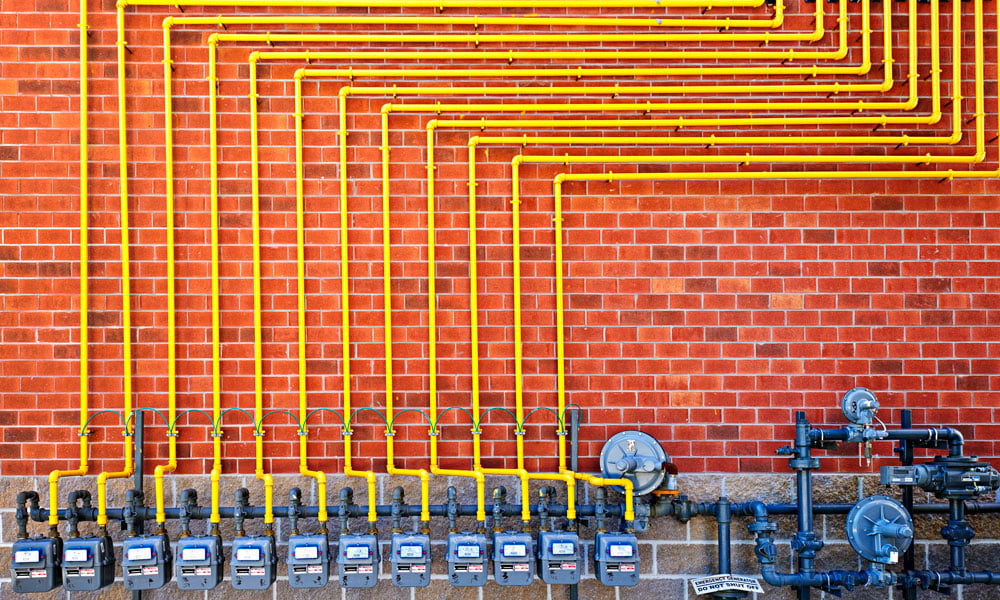Sub-metering technology can be used in any kind of buildings, commercial, industrial, institutional, such as hospitals, sports centers, shopping, centers, condominiums, and apartment buildings. Any utility can be sub-metered to measure and bill a resident’s utility usage regularly. Recent advancements in submetering technology allow building owners to cost effectively convert single or bulk metered multi-unit rental buildings to individually sub-metered units.
Installing submeters has many advantages that far outweigh the initial investment. Sub-metering is always desirable, yes there may be isolated cases where sub-metering can pose an economic decision. In those cases the allocation of utility usage are based on:
- The number of tenants in an apartment
- The size of the apartment
- The number of bathrooms
The reality is, neither of these options are accurate nor fair.
Pros of installing a submetering system
With properly installed and maintained sub-meters, both the residents and the property owner can reap various benefits.
- Utility submetering offers the residents a chance to keep track of their individual energy usage
- Residents can save money by gaining more control over their future energy usage.
- Submetering allows for setting subsystems, consumption targets, and other detailed performance benchmarks.
- Submetering can help property owners protect themselves from surprises due to unbudgeted utility expenses. With smaller property expenses, the value of the property increases.
- Owners and tenants can cross-check the accuracy of all energy bill.
- Submetering helps monitor energy consumption in real-time reporting.
- Submetering energy usage helps to reduce the need for manual meter inspections which in turn reduces the costs of facility management.
Cons of installing a submetering system.
Installing a submetering system in an existing building may cause disruption during construction. Tenants living in large-scale buildings may experience disruption in their utility services(electrical shutdown, water stoppage, lack of heat or air conditioning) during the submeters installation process. However, most times construction is always scheduled in ways to minimize disruption and at times when certain services are either not in use, are expected not be in use (like cooling or heating in the spring). This is why planning in advance and having the sub-meters as part of your initial installation is always the best approach.
Some owner would object that submetering brings in additional toll associated with maintenance, data collection, and data analysis; which is a practice common with billing companies (more on a future blog as billing companies also bring savings) However, having a flexible supplier that gives ownership of the data to the owner, provides the option of self billing, and does not tie the owner in long service agreements. What is important and worth considering is the payback period for this investment, in the context of greater transparency for the building operations and an accurate way for billing customers.
To have a better view of the costs and benefits of submetering projects, building owners and managers should learn the lessons from those who already adopted and implemented sub-meters. To avoid any potential setbacks and make use of all the advantages, building owners and managers should:
- Be sure to budget for maintenance of the submetering system.
- Budget for an energy manager to analyze the data and suggest improvements
- Use spot metering as a cost-effective addition to ongoing submetering.
- Not rely on alarms but use insights from sub-meter data to determine proposed work orders for investigation.
Improving building operations management
Energy costs perhaps account for one of the highest expenses for a building. But thanks to submetering; building owners, managers, operators, and landlords can control their costs better. By providing amenities such as real-time notifications and data, building owners can also show a commitment to building sustainability, which is a great way to command higher market prices and attract new tenants.
With submetering systems being a part of Green or LEED strategy, building owners can take a step toward building sustainability and better energy consumption management by examining your current setup and determining where you can make improvements. Sub-metering comes with many advantages andthe disadvantages are negligible once you take into account the benefits of sub-metering in the long run.


